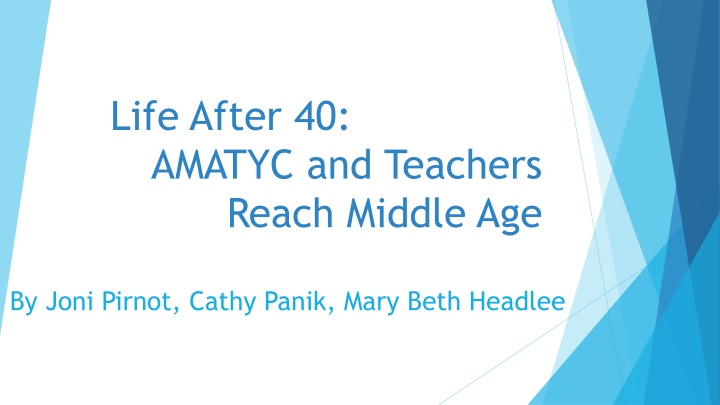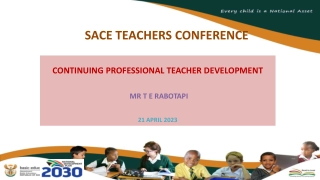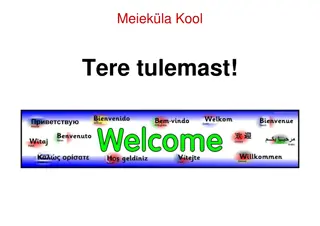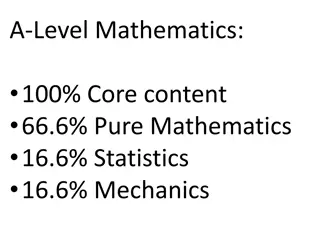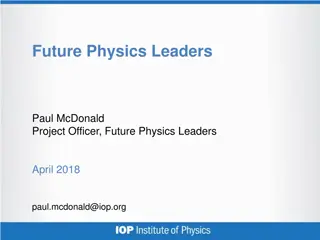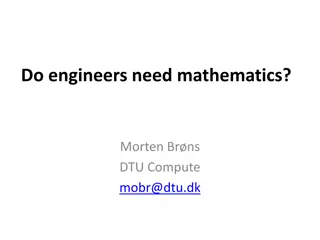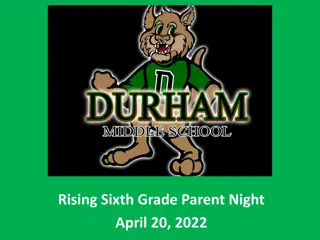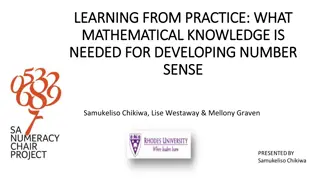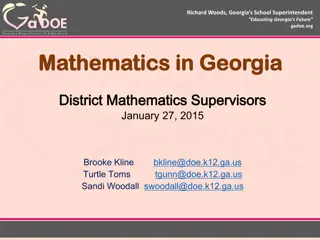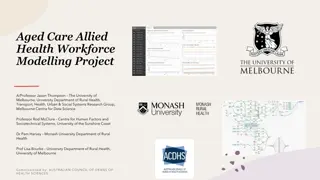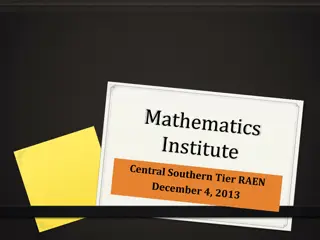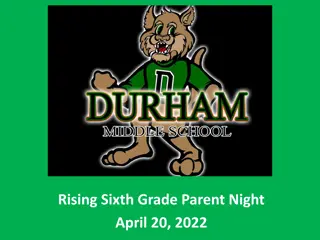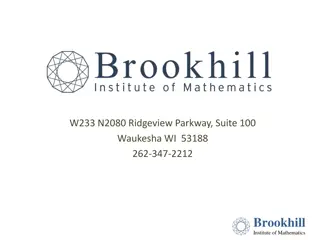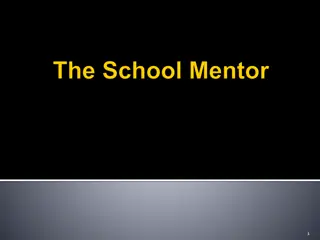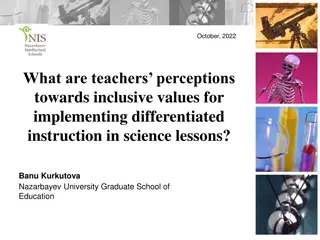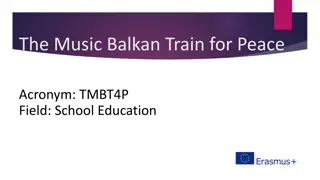Strategies for Enhancing Middle-Aged Teachers' Effectiveness in Mathematics Education
Explore effective organizational strategies for middle-aged mathematics teachers, focusing on class preparation, organization, efficiency, and other practical techniques. From fostering enthusiasm and maintaining engagement in the classroom to creating a positive learning environment, this resource provides valuable insights for educators looking to enhance their teaching practices in mathematics education after the age of 40.
Download Presentation

Please find below an Image/Link to download the presentation.
The content on the website is provided AS IS for your information and personal use only. It may not be sold, licensed, or shared on other websites without obtaining consent from the author.If you encounter any issues during the download, it is possible that the publisher has removed the file from their server.
You are allowed to download the files provided on this website for personal or commercial use, subject to the condition that they are used lawfully. All files are the property of their respective owners.
The content on the website is provided AS IS for your information and personal use only. It may not be sold, licensed, or shared on other websites without obtaining consent from the author.
E N D
Presentation Transcript
Life After 40: AMATYC and Teachers Reach Middle Age By Joni Pirnot, Cathy Panik, Mary Beth Headlee
Strategies for Organization Creating and Maintaining Enthusiasm Student Retention
Organizational Strategies Class Preparation Class Organization Efficiency Other Strategies
Class Preparation Arrive early Arrange and prepare Post announcements Give out papers/answer questions Have extras
Class Organization Make announcements Answer questions from homework Introduce new topic Lecture and class activities Check understanding Give homework
Efficiency Seating Chart Post notes and solutions online 1 or 2 struggling students Encourage students to work together Handle e-mails and papers as few times as possible
Other Strategies Anticipate questions Involve students in problems Call on students by name Explain why Encourage students to help explain Write down student requests Monitor time
Creating and Maintaining Enthusiasm in the Classroom
Beginning: Celebrate the Beauty of Mathematics Share secrets Personify numbers, equations, and graphs Inject superlatives into the discussion
Middle: Cultivate a Passion for Teaching Be a lifelong learner; consult colleagues Welcome questions Pause to appreciate
End: Generate a Positive Learning Environment Break through the fourth wall Utilize the power of suggestion Thank students every day for being present
Check: Accentuate the Personality of the Class Construct a unique experience by scaffolding Take advantage of group dynamic Find reasons to applaud
Reduce, Reuse, Recycle Make frequent eye contact and note facial expressions Singers, actors, and comedians repeat successful routines Ensure that content is current
Student Retention Flexibility Create a Learning Community Personal Interest Post Notes After Class
Flexibility Be nice and approachable Allow for learning from a distance if possible Brainstorm solutions with the student
Create a Learning Community Safe learning environment Group work/study buddies We re all in this together
Personal Interest Nip problems early Call or e-mail students Learn names and some personal information
Post Notes After Class Still require attendance Allows flexibility for various learning styles Great for students with disabilities
What do you think is the most common reason students stop attending your class? 1. Personal reasons (33) 2. Getting behind/discouraged (30) 3. Immaturity/lack of motivation (18) 4. Unhappy with grade/difficulty of class (12) 5. Lack of prerequisite knowledge (7)
What is your best strategy for improving retention? 1.Contact students personally (27) 2. Make class useful and entertaining (24) 3. Learner-centered environment (18) 4. Points for attendance (12) 5. Advising early-on/leveling (7) 6. Instill confidence (6) 7. No idea (6)
